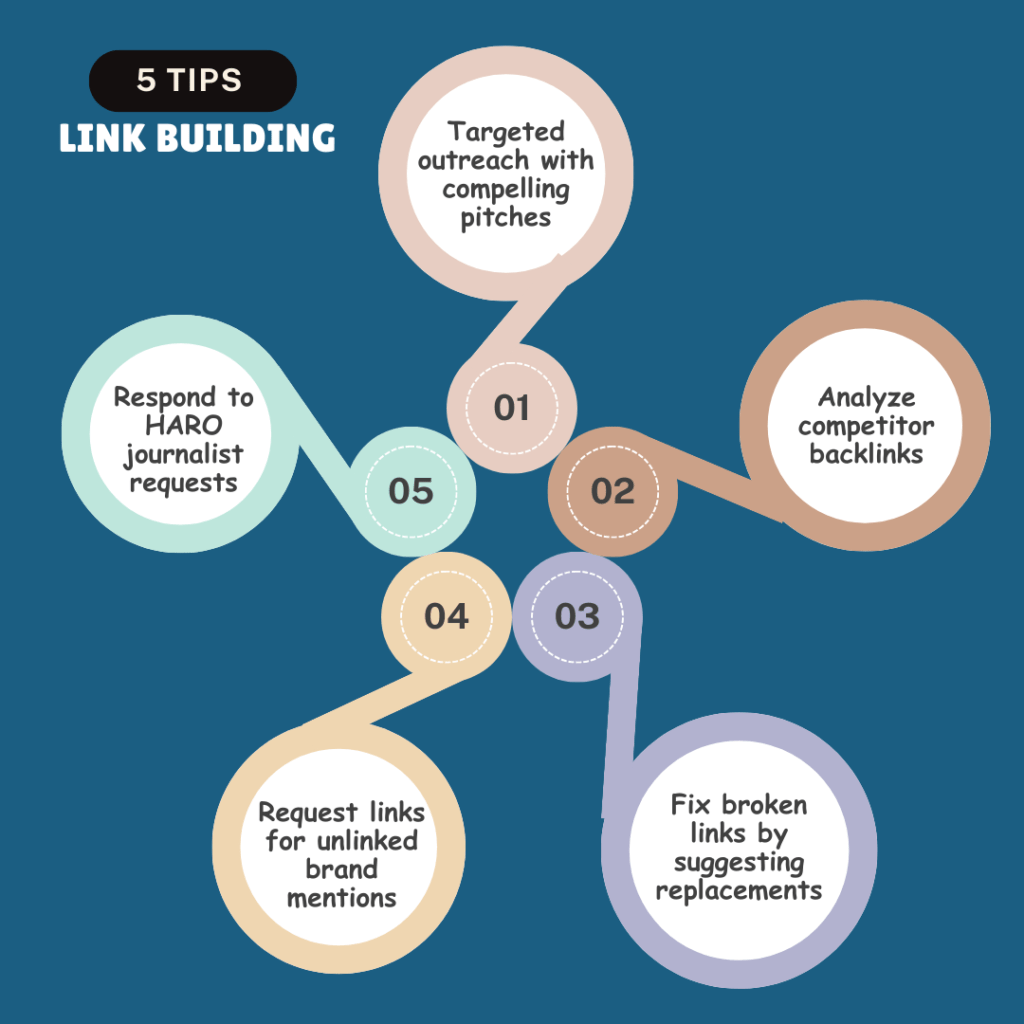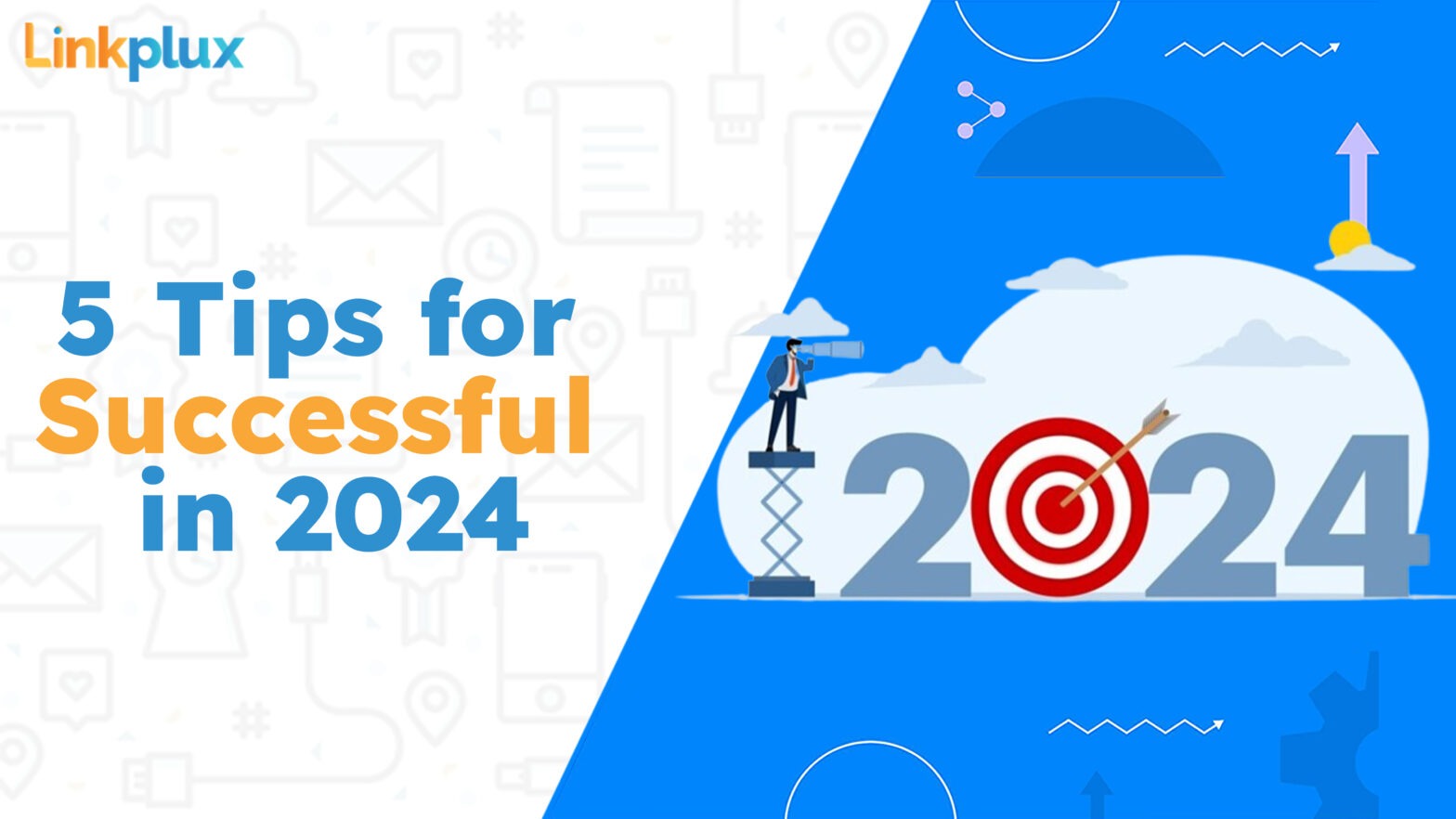Picture yourself owning an internet boutique featuring stylish clothing choices. Despite having great clothes and an excellent website, it takes time for people to visit and buy, which is tricky. Please think of this: a famous fashion blogger talks about your store in her blog and adds a link to your site. Her followers, who trust her fashion advice, click the link to see your clothes. That’s the magic of link building in SEO for online shops. By getting links from popular fashion blogs, your store becomes more trusted and ranks higher in Google searches. This brings more people to your site, leading to more sales. Simple. Whether you’re a seasoned SEO pro or just dipping your toes, keep reading to uncover the newest link-building trends that can elevate your website.

Targeted outreach with compelling pitches
Mastering link-building outreach is vital for website growth. It involves finding relevant websites or influencers in your niche and requesting backlinks. Knowing who your audience is is essential for reaching out effectively. Contact industry websites, bloggers, social media influencers, or journalists to expand your reach.
Steps to Craft Compelling Pitches
Identify Influencers for Linking
Tested Strategies for Building Links through Outreach
Analyze competitor backlinks
Competitor backlink strategy involves reviewing competitor websites to identify which sites link to them. This is effective because the discovered websites have a history of linking to sites like yours.
Competitor Backlink Strategy
Fix broken links by suggesting replacements
Broken links, also known as dead links, are hyperlinks that lead to non-functioning web pages. Instead of reaching the intended content, users encounter error messages like “404 Not Found.” This frustrating experience, known as link rot, can occur for several reasons. Firstly, a common cause is when a web page is deleted or relocated without updating the corresponding link. This often happens during website restructuring or content updates. Additionally, URL typing errors can lead to broken links, as the entered web address doesn’t match an existing page. Furthermore, website structure or URL format changes can render previously functional links obsolete.
Moreover, broken links can result from pointing to multimedia files that have been removed or relocated, such as images, videos, or PDFs. When users click on these links, they’re met with disappointment instead of the expected content. Overall, addressing broken links is crucial for user experience and SEO. Monitoring and fixing broken links can enhance website usability, prevent user frustration, and maintain search engine rankings by ensuring smooth navigation and access to valuable content.
Tools for detecting broken links on your website include
Request links for unlinked brand mentions
Unlinked brand mentions, also called ‘implied links,’ happen when your brand name is mentioned online without a direct link to your website. They can appear in blogs, articles, social media posts, or forums. These mentions matter because they boost your brand’s visibility and reputation. Positive talk about your brand creates buzz and awareness, even without a link. Importantly, for SEO, Google notices these mentions, too. Google’s algorithm considers brand mentions when evaluating a website’s authority, not just links. Even without a direct link, these mentions can boost your website’s ranking in search results.
Finding Unlinked Brand Mentions with Tools and Tracking Systems
Respond to HARO journalist requests
HARO, which stands for Help A Reporter Out is a special website that links reporters with sources. Think of it as a matchmaker for writers and experts. The best part? It’s available to anyone who wants to use it at no cost.
Wrapping up
In 2024, successful link-building relies on strategic tactics. By utilizing current trends and tools, businesses can improve their online visibility, boost search rankings, and attract increased visitors. Quality matters more than quantity, so building relationships with relevant influencers and sites is critical. Adaptability is crucial; regularly adjusting strategies ensures staying ahead in the digital landscape. With dedication and creativity, businesses of any size can achieve link-building success now and in the future.
FAQ’s
What are the best practices for effective link building?
Effective link building involves creating high-quality, valuable content that naturally attracts links from other websites. Additionally, engaging in outreach efforts, guest posting, and participating in industry forums or communities can help you earn backlinks. It’s essential to focus on building relationships and providing value to other website owners.
How do I identify high-quality websites for link building?
Look for websites that are relevant to your niche, have a good reputation, and receive high levels of traffic. Check metrics like domain authority, page authority, and spam score using tools like Moz’s Link Explorer or Ahrefs. Quality backlinks come from websites that are trustworthy and authoritative in your industry.
What are the risks associated with link building?
One risk of link building is engaging in practices that violate search engine guidelines, such as buying or exchanging links in a manipulative way. These tactics can result in penalties from search engines, leading to a decrease in rankings or even removal from search results altogether. It’s crucial to focus on earning links naturally through valuable content and ethical outreach.
Is anchor text still important for link building?
Yes, anchor text is important as it provides context to search engines about the content being linked. Use descriptive and relevant anchor text that reflects the topic of the linked page. However, it’s essential to maintain a natural and varied anchor text profile to avoid over-optimization.
How can I assess the success of my link building efforts?
Monitor key metrics such as the number of acquired backlinks, the authority of linking domains, and changes in search engine rankings and organic traffic. Use tools like Google Analytics and SEO platforms to track the impact of link building on your overall SEO performance. Regularly assess the quality and relevance of your backlink profile.

